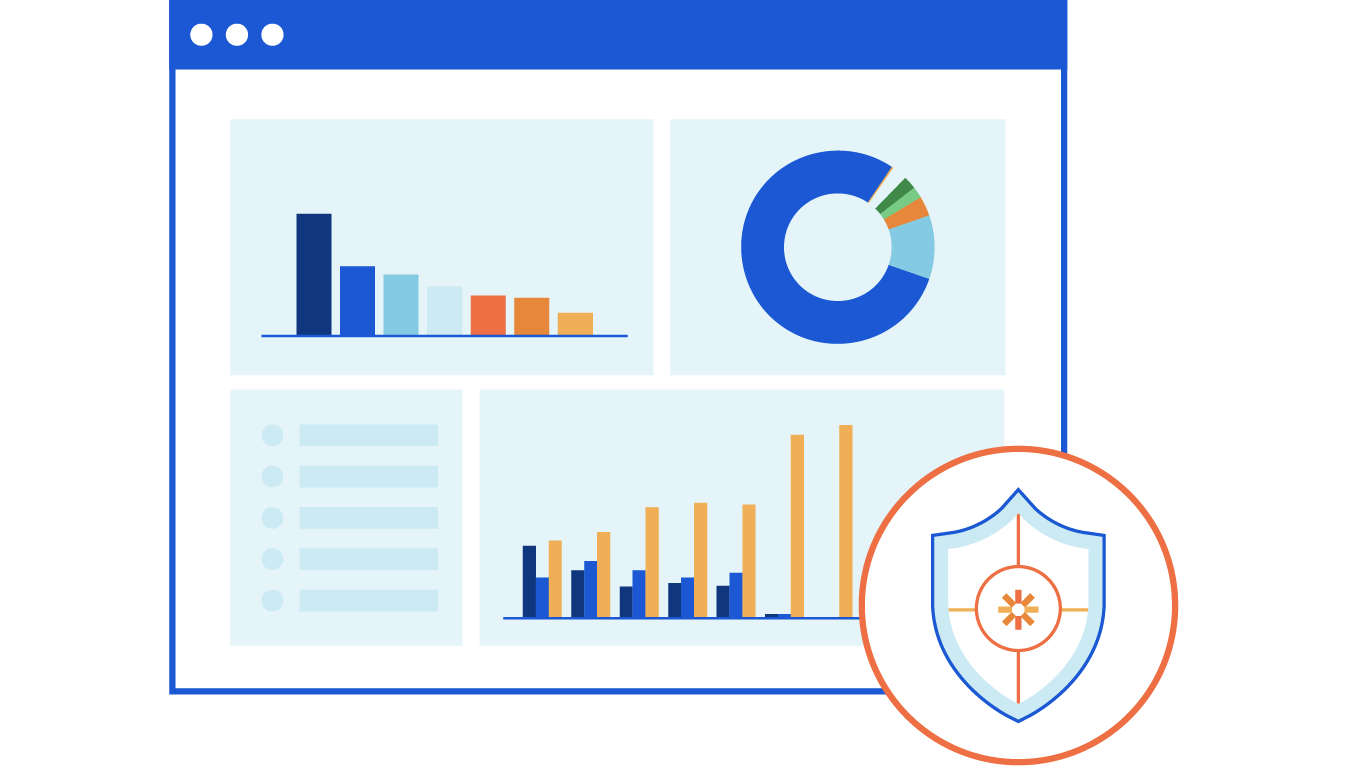0

Onno Purbo is a people person. It’s not typically something you hear about an engineer. But it is through his approach to education in the Internet sphere that Indonesian villages have access at all.
“The other engineers, they are very much engineer,” Purbo said. “A problem is solved by coding, is solved by an antenna, is solved by a product of some kind. My approach is a more human approach. Most engineers introduce their products, I give people the knowledge.”
Purbo, as this year’s Jonathan B. Postel Award winner, uses his experience, knowledge, and expertise not only to build networks and improve access for his fellow Indonesians, but to teach them how to do it themselves. He does this through hours of work on social media channels, speaking one-on-one with hundreds of thousands of followers whenever they have questions or concerns.
“I use social media as a free, huge class[room]. Effective and efficient empowerment processes were not possible with the old mechanism where we would rent rooms or buildings with professional event organizers,” Purbo said. “These days, for example, thousands of viewers may easily view any of my videos on YouTube.”
With nearly 700,000 followers on social Continue reading




